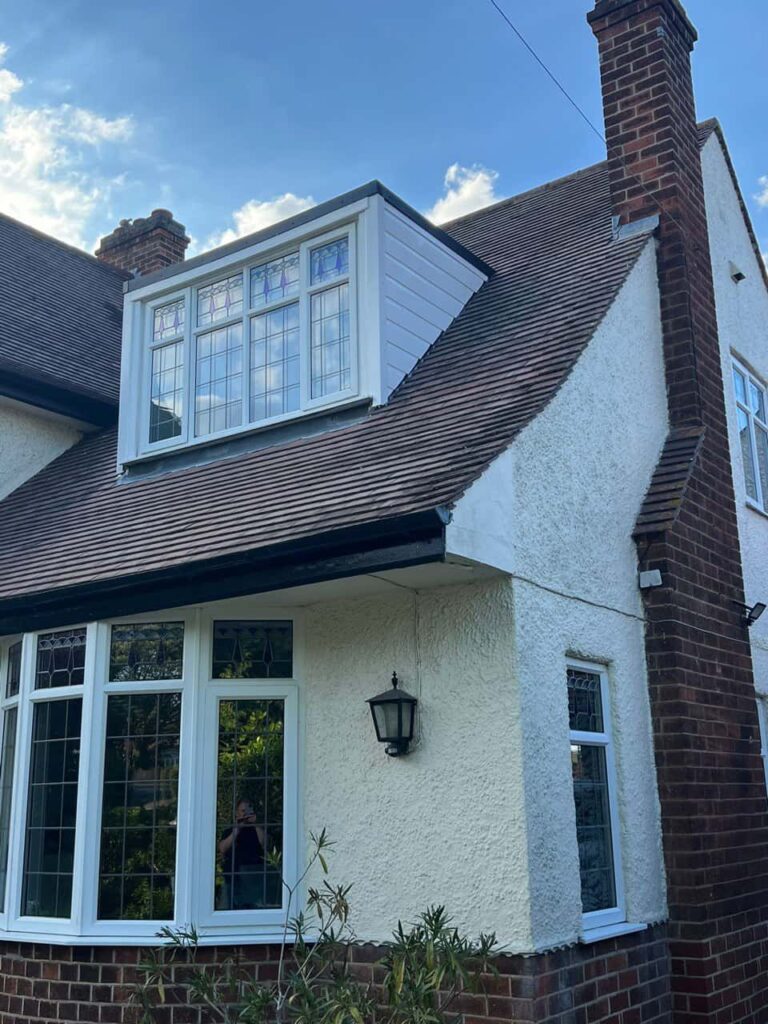Introduction: Maintaining a healthy and sturdy roof is essential for the protection and longevity of your home. Regular roof inspections are critical to roof maintenance, helping identify issues early on. However, one often overlooked factor affecting the accuracy and thoroughness of roof inspections is the presence of tree debris. In this blog post, West Bridgford Roofing Repairs explores the impact of tree debris on roof inspections and offers insights into how homeowners can ensure a comprehensive assessment of their roofs.
The Challenges Posed by Tree Debris
Tree debris, which includes leaves, branches, pine needles, and seeds, can have several adverse effects on your roof inspections:
- Blocked Gutters and Downspouts: Tree debris can accumulate in your gutters and downspouts, obstructing the flow of rainwater. This can lead to water pooling on the roof, which may cause leaks, water damage, and even structural issues.
- Hidden Roof Damage: Piles of leaves and debris on your roof can conceal damage such as cracked or missing shingles, damaged flashing, or deteriorated roofing materials. Inspectors may not be able to identify these issues underneath the debris.
- Inaccurate Assessment: Debris can create an uneven surface on your roof, making it challenging for inspectors to walk safely and accurately assess the roof’s condition. This can lead to missed or incomplete inspections.
- Additional Weight: Accumulated tree debris can add extra weight to your roof. While this may not be a concern for most roofs, excessive debris can stress the roof structure, leading to structural problems over time.
Preparing Your Roof for Inspection
To ensure a thorough and accurate roof inspection, homeowners can take the following steps to manage tree debris:
- Regular Gutter Cleaning: Keep your gutters and downspouts free from debris by scheduling regular cleaning, especially during the fall when leaves are likely to accumulate.
- Trim Overhanging Branches: If you have trees with branches that overhang your roof, consider trimming them to minimise the amount of debris on your roof.
- Roof Cleaning: Hire professionals to clean your roof and remove any accumulated debris. This will create a clean and safe surface for inspectors to work on.
- Pre-Inspection Clearing: Before the scheduled roof inspection, clear any loose debris from the roof surface. This will help the inspector identify any hidden issues.
Benefits of a Debris-Free Roof Inspection
A roof inspection conducted on a debris-free roof offers several advantages:
- Accurate Assessment: Inspectors can thoroughly examine the roof’s condition, identifying any issues requiring attention.
- Prevention of Damage: By addressing debris accumulation promptly, you can prevent potential roof damage and the associated repair costs.
- Extended Roof Lifespan: Regular inspections on a clean roof can help maximise the lifespan of your roofing system.
Conclusion: Tree debris on your roof can hinder the accuracy of roof inspections and potentially lead to overlooked issues. To ensure a comprehensive assessment of your roof’s condition, managing tree debris through regular maintenance, gutter cleaning, and roof cleaning is essential. By preparing your roof before an inspection, you can take proactive steps to maintain a healthy and durable roofing system. If you require professional roof inspection or repair assistance, West Bridgford Roofing Repairs is here to provide expert roofing services and support.
Call us on: 0115 647 1193
Click here to find out more about West Bridgford Roofing Repairs
Click here to complete our contact form and see how we can help with your roofing needs.

